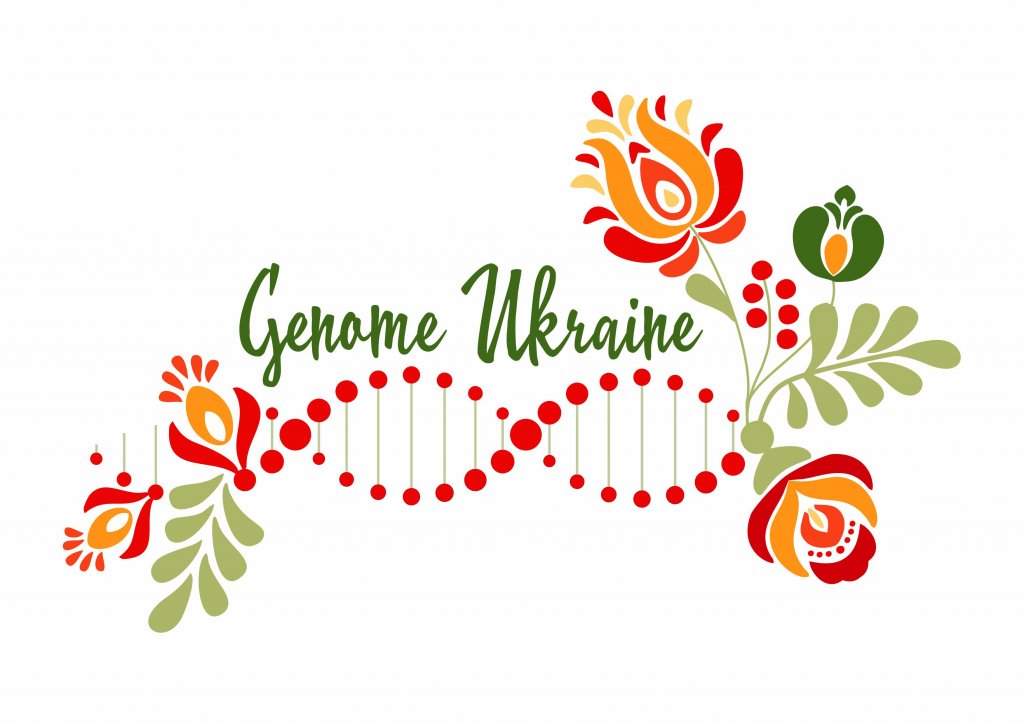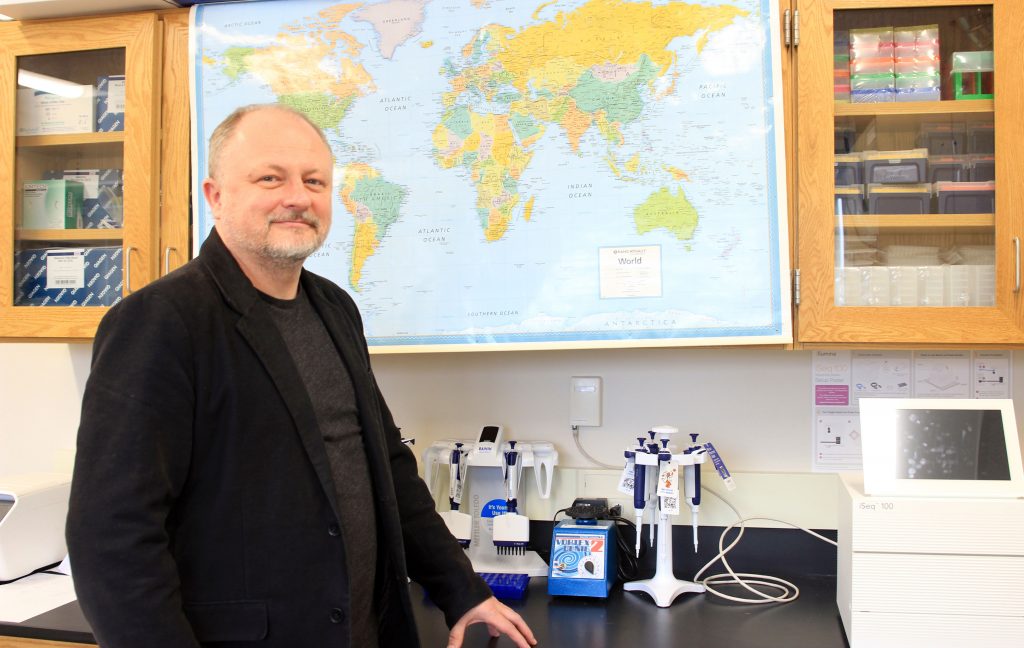Ukraine Genome Survey Adds Missing Pieces to Human Diversity Puzzle

The International Ukraine Genetic Diversity Project finds a quarter of the genetic variation in Europe, dramatically increasing information on population diversity and medical genetic variation.
Today, the largest study of genetic diversity in Ukraine was published in GigaScience. The project was an international effort, bringing together researchers in Ukraine, the US and China and is the first fruits of this collaboration to set up a new Central Europe Center for Genomic Research in Ukraine. Led by researchers at Uzhhorod National University and Oakland University in the US, the work provides genetic understanding of the historic and pre-historic migration settlements in one of the key intersections of human trade and migration between the Eurasian peoples as well as the identification of genetic variants of medical interest in the Ukrainian population that differ from other European populations.

Two decades ago, after the publication of the draft of the human genome, one of the largest exploration projects in the genomics era began: The Human Genome Diversity Project (HGDP). This is an enormous international effort to map the entire pattern of human genetic variation across the world. To build this map, there have been numerous global surveys of individual genomes in a variety of geographic regions and populations, but crucial gaps still remain. One of the most notable is in Eastern-Europe and the Eurasian steppes.
Central to this is Ukraine, which is the largest country located fully in Europe. It is made up of a population formed via millennia of migration. This territory served as a key prehistoric and historic crossroads for the spread of humans across Europe and into Asia. Occupying the intersection between the westernmost reach of the great steppe and the easternmost extent of the great forests that spread across Europe. Migration events here included modern human expansion into Neanderthal territory, the movement of nomads and early farmers just starting to domesticate plants and animals, the great human migrations during the Middle Ages, and the trade exchange routes of the Silk Road.

Lead investigator, Dr Taras Oleksyk at Oakland University, says: “Our study shows there is significant genetic diversity in Ukraine, a country that had not been prioritized in genome surveys. We found more than 13 million genetic variants among the DNA samples — nearly 500,000 of which were previously undocumented.”
These variants, commonly known as mutations, are the result of evolutionary and demographic factors that have shaped Ukrainians’ genetic makeup throughout history.
Taras explains: “As humans moved across the world over millennia, they gained genetic mutations, often due to adaptation to their specific environments. These mutations have been passed down through generations, so when we look at genomes of Ukrainians and other populations, what we see is a reflection of their unique evolutionary histories.”
The survey is an important part of understanding human diversity, as it shows the extensive breadth of genetic diversity in Ukraine — a nation that was once thought to lack genetic relevance.
Taras highlights this, saying their study shows that “Ukraine accounts for roughly a quarter of the genetic variation documented in Europe. It’s a part of the world that cannot be ignored in future genetic and biomedical studies.”
Investigation of genetic diversity, in addition to providing insight into human history, also plays an important role in identifying medically relevant mutations that differ between populations. In this study, the researchers looked for variants in the Ukraine population whose prevalence differed significantly compared to other European genome sequences openly available through the HGDP.
In particular, the study identified medically relevant mutations whose prevalence in the Ukrainian genomes differed significantly compared to other European genome sequences that are all openly available as part of the HGDP and 1000 genomes project. Some of the mutations identified have been linked to conditions such as breast cancer, autism and Leber Congenital Amaurosis (LCA), a rare inherited eye disease.
Compared to the other Europeans, the Ukrainians in the study had far fewer carriers of a mutation linked to breast cancer and LCA. However, they more often held a mutation associated with autism. Another mutation, known to inhibit a drug used to treat bone disorders, was less prevalent in the Ukrainians compared to the other Europeans. These findings contribute to a growing body of knowledge that could revolutionize modern medicine and provide more informed assessment of the medical requirements and resources needed in different areas, populations and peoples.
“With a deeper understanding of how mutations factor into disease, doctors can tailor treatments to people’s genetic profile,” said Taras. “That’s why it’s important to have detailed descriptions of the world’s genomes. This knowledge could profoundly impact human health, and even save lives.”

In addition, Ukraine survey identified mutations that were prevalent in disease-associated genes, but whose precise effect is unknown. These mutations could be prime candidates for future research. The validation carried out in this paper and comparisons with HGDP data already shows the potential of the current database in helping to resolve population structure in Eastern Europe, but additional genome wide data from neighboring populations would be very helpful to refine the picture in this geographical region. Valuable genome wide data collected from the Genome Russia project (another project aiming to fill this massive geographic gap in population genomics) is currently not available, but hopefully as more public datasets become available this will help further resolve this picture.
With these data now available, in addition to the findings in this work, researchers around the world can now access these data to carry out their own studies in areas from human biology and medicine to unraveling human history and prehistory.
Taras is probably well know to readers of this blog as a previous winner of the ICG12 GigaScience prize for his work sequencing the genome of the venomous Hispaniolan solenodon (Solenodon paradoxus). As well as being a member of the GigaByte Editorial Board. You can see him present this award winning work at the ICG conference on the GigaScience youtube channel.
The GigaScience article, “Genome Diversity in Ukraine,” is available here, and the genomic data is openly available in GigaDB and the EBI European Nucleotide Archive.
Further Reading
Oleksyk TK; et al. Genome Diversity in Ukraine. GigaScience. 2021 doi:10.1093/gigascience/giaa159